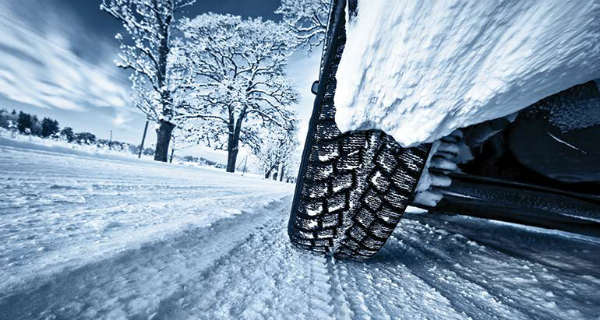As the temperatures drop, you start thinking about the holidays and all the extra expenses that come along with that. You likely aren’t focused that much on your car. However, that needs to change. Your car is an integral part of your life, and it is susceptible to the elements when it is cold outside. Most of the major components of your vehicle, like the battery, brakes, engine and tires, can all be impacted when the temperature drops. When winter rolls around, then, you need to pay special attention to your vehicle so that it continues to work well for you. There are a few tips that can help; the following checklist will get you in shape for the winter weather. There are also a few accessories noted that will help you as you are out and about.

Battery
Normally, when a car stops working in the winter, it is in some way related to the battery. The battery might need an extra charge. Perhaps the car itself has been sitting idle for a while. If you know your battery is a few years old, have it looked at. Also, when you get out of your car, double check to see that the lights are off. If you have something plugged into the vehicle, like a navigation system, pull that out as well because it can have an effect on your battery. Finally, if you can avoid using the heat (or if you can turn it off at a certain point), do so. Heaters are tough on batteries.
Coolant
You want your coolant level to fall between the lines. Anything too low and you don’t have enough. Anything too high and you have too much. In addition, you must make sure you have enough anti-freeze as well. If you don’t understand much about this process, see a mechanic for help. You can also take a look at the booklet that came with the car. You don’t want your engine to freeze, because it costs a lot of money to fix. Anti-freeze will keep that from happening.
Tires
According to Tyroola, tires are subjected to a lot of wear and tear over the winter. Regardless of whether you live in a snowy climate or not, your tires are going to get worn. Look periodically to make sure that you have enough tread. Also make sure the air pressure is adequate and that the tires themselves appear to be in good shape. If you do get a lot of snow, consider buying tires made specifically for the winter weather. Snow socks are also a wise investment. Both of these products help you control your vehicle in bad weather.
Wiper Fluid
Always have enough wiper fluid in your vehicle. This is even more important in the winter, when weather conditions have the potential to get bad very quickly. If you can’t see out of your windshield, you will have difficulty driving safely. Make sure you have the right kind of wiper fluid for winter weather. Also, make sure you know if the wiper fluid was created with your climate in mind. Finally, don’t be afraid to pay a little more for good quality fluid. If you don’t, you risk it freezing, which can cause a blown fuse. That means your wipers won’t operate at all.
Wipers
Do not go anywhere in the winter without first looking at your windshield wipers to make sure they are in good condition. Don’t hesitate to replace them if you see any issues. As the weather gets worse, the wipers have to be able to do their job. They won’t be able to if they are damaged in some way. If you have ice or snow on your windshield, put on your windshield heater or use a deicer to take care of the issue. Trying to run your wipers without taking that step first could break them. Also, keep in mind that an ice scraper is the only thing you should use to take off the snow or ice. If you try to do something else, like pouring hot water on the car, you might crack the glass.
Lights
Bad weather often means dark conditions on the roads. That is why your lights need to be in good working order. It is important for other vehicles to see you, particularly when conditions are bad. Check out your headlights, fog lights and brake lights before you hit the road.
Brakes
You need your brakes to be in good working order, particularly when the roads are slick. Get your brakes checked out; it may even be a free service offered at your local mechanic’s shop.
Oil
Your car may use more oil when it is cold outside. Therefore, check your levels on a regular basis and put in more when you need to.
Review this checklist before you hit the road this winter. Being prepared can help you ward off any issues.
All of these things will help you be safer on the road and cut the risk of accident and rising insurance premiums. On the word of insurance, if you need to find a better deal then look around, the best way to do so is to keep your car well maintained and always look around.

